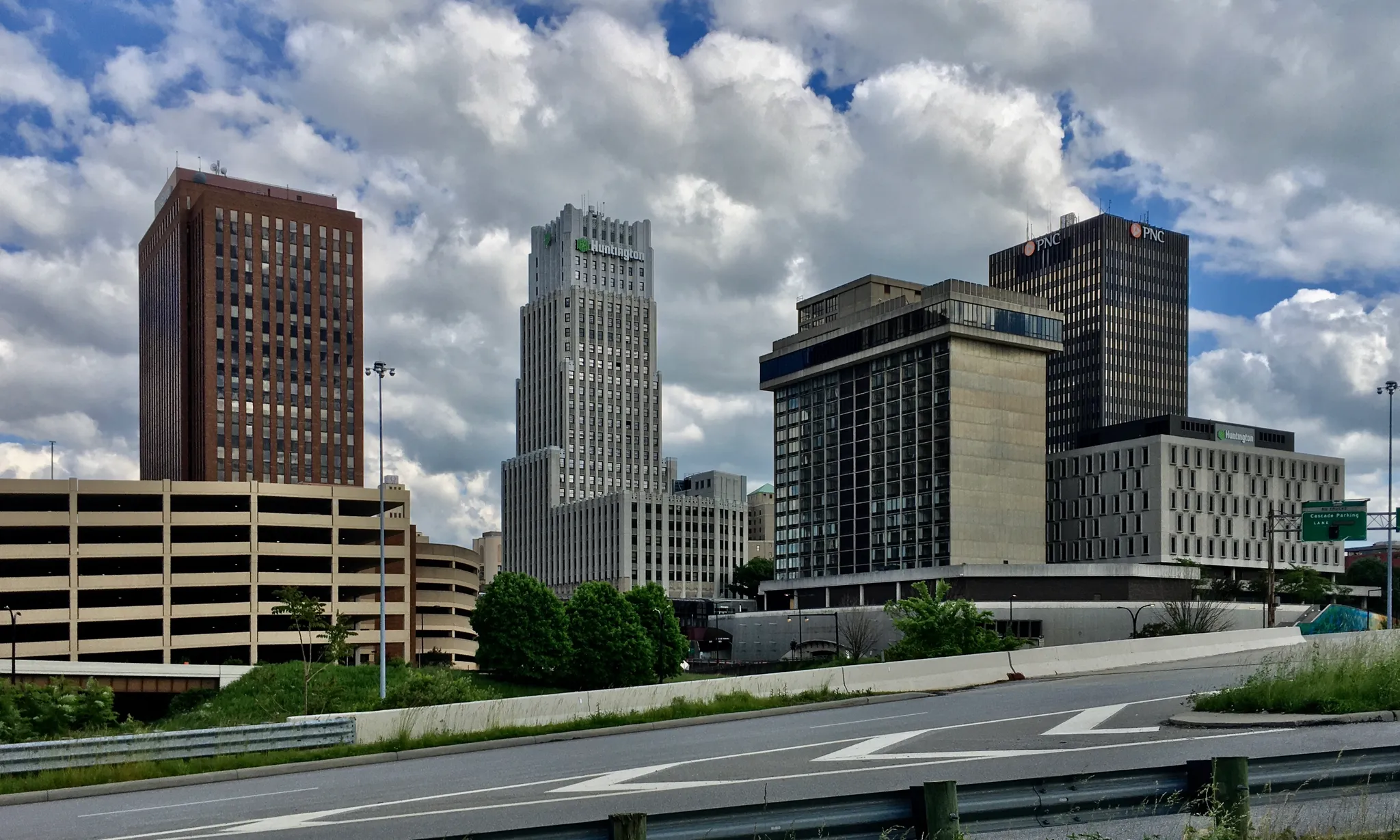AKRON, Ohio — In a city that has long struggled with a reputation of industrial decline and high crime rates, Akron, Ohio, is quietly but confidently changing its story. According to the latest data from the Akron Police Department (APD), in the first half of 2025, the city recorded a significant decrease in violent crimes — from assaults and robberies to burglaries and car thefts. This trend, though preliminary, signals cautious optimism in a city striving to reimagine itself amidst economic and social transformations.
APD statistics paint a compelling picture: compared to the same period in 2024, the number of robberies has decreased by double digits, burglaries and serious assaults also show steady declines. The most notable reduction is in car thefts, which have become a painful issue for local residents. In June 2025, Akron recorded 12 homicides — one less than in June 2023, indicating stability in combating the most serious crimes. Additionally, police calls have dropped nearly 28%, pointing to a broader de-escalation of tension within the community.
Akron Mayor Shammmas Malik, whose administration has made public safety a priority, acknowledges the progress but urges caution. “The figures are encouraging, but we are not celebrating prematurely,” Malik said in an exclusive interview. “Akron is a city that faces its challenges head-on. We do not hide problems; we work together to solve them.” His words reflect a pragmatic yet ambitious approach that combines increased police presence with investments in social programs aimed at addressing the roots of crime.
Insider sources within the city hall report that part of the success is partially explained by a new strategy combining targeted patrols with community engagement initiatives. Programs aimed at supporting youth and re-integrating formerly incarcerated individuals have received significant funding, though they have also faced criticism from those who believe resources should be directed toward more aggressive law enforcement tactics. “It’s a delicate balancing act,” said one of the mayor’s advisors, who wished to remain anonymous. “We want to be tough on crime, but compassionate toward people.”
Local activists, however, point to deeper systemic issues still to be addressed. “Crime reduction is good, but we cannot ignore inequality, unemployment, and lack of affordable housing,” said Elaine Thompson, leader of a community organization in the West Side district. Her words reflect a broader consensus: while statistics improve, Akron remains a city of contrasts where economic revival has yet to reach all its corners.
Akron’s progress is part of a broader national trend, where mid-sized cities like Columbus and Cincinnati also report declines in violent crimes. However, in Akron, this shift feels especially sharp given its historical context. Once a hub of the tire industry, the city has faced decades of economic decline, fueling crime and social tension. Today, as new tech startups and cultural initiatives begin revitalizing the city center, the crime reduction adds weight to the idea that Akron can serve as a model for other post-industrial cities.
Yet challenges remain. The Akron Police Department faces criticism over longstanding issues of racial bias, and recent incidents, though isolated, remind of the community’s fragile trust. Malik, positioning himself as a reformer, vows to continue investing in police training and transparency programs. “We’re not just reducing numbers,” he said. “We’re building trust.”
For Akron residents, these figures mean more than just statistics. They represent a sense of safety on the streets, the ability to leave doors unlocked for a moment longer, hope that the city can become a home for a new generation. But, as the mayor warns, “there is still much work ahead.” In a city that has learned to face its challenges head-on, this work is only just beginning.


